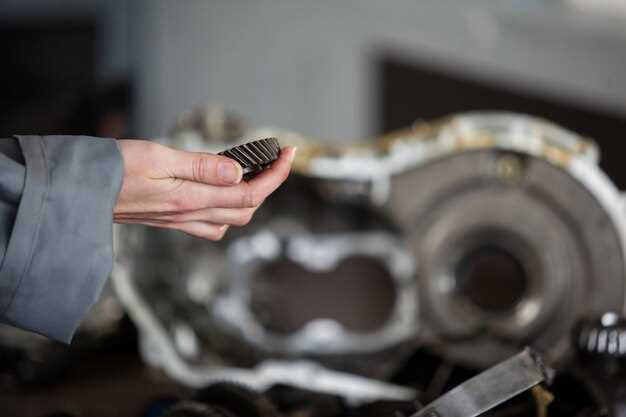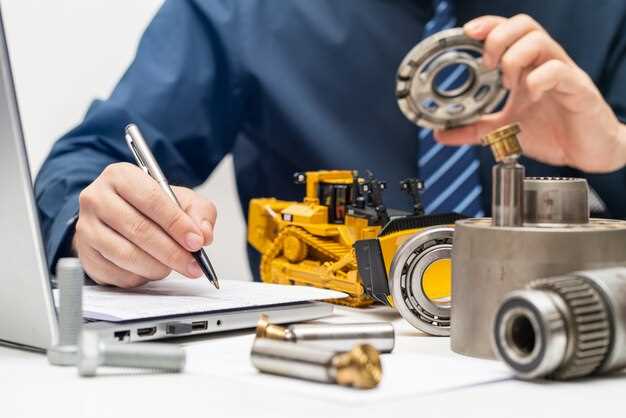

Engine swaps have become a popular undertaking among automotive enthusiasts, offering a chance to enhance performance or restore a vehicle with modern technology. However, before embarking on such a project, it is critical to understand the legality surrounding engine swaps. Different regions may enforce various regulations that govern vehicle modifications, particularly when it comes to emissions, safety standards, and registration requirements.
From a technical perspective, engine swaps are not merely about replacing one engine with another; they require meticulous planning and execution. Factors such as compatibility, weight distribution, and drivetrain integrity must all be taken into account to ensure that the vehicle operates safely and efficiently. It is essential to choose an appropriate engine that conforms to local laws regarding emissions and safety, ensuring that the swap is not only legally compliant but also technically sound.
In conclusion, navigating the legal and technical aspects of engine swaps is crucial for both compliance and performance. Enthusiasts must conduct thorough research and, if necessary, consult with professionals to achieve a successful engine swap that satisfies both personal desires and regulatory requirements.
Understanding Emission Regulations for Engine Swaps
When considering an engine swap, it is crucial to understand the legality of the process in relation to emission regulations. Different regions have distinct laws governing how vehicle modifications, particularly engine replacements, must comply with environmental standards.
Firstly, it’s important to identify the emissions classification of both the donor engine and the recipient vehicle. In many jurisdictions, the swap must adhere to the emissions standards that were applicable at the time the vehicle was manufactured. Therefore, if you are swapping a newer engine into an older vehicle, local regulations may require you to ensure that the emissions output does not exceed the limits set for that older model.
Additionally, some regions require emissions testing following an engine swap to confirm that the vehicle operates within legal limits. This process often involves inspections by certified professionals who can verify compliance with both federal and state regulations. Failing to comply could result in fines, or worse, the inability to register your vehicle for road use.
Moreover, documentation plays a significant role in establishing the legality of the swap. It’s advisable to keep records of any modifications, including receipts and certificates of compliance regarding emissions. These documents can prove invaluable if you face challenges during inspections or legal scrutiny.
In some cases, exemptions may apply. For instance, vehicles registered as antique or classic might have different emissions requirements, allowing for a wider range of acceptable engine swaps. However, each jurisdiction has its specifications, and it’s essential to be familiar with local laws.
Ultimately, understanding emission regulations is a vital component of planning an engine swap. Engaging with local automotive authorities or consulting emissions specialists can provide clarity and help ensure your swap remains legal and compliant.
Navigating State-Specific Vehicle Modification Laws

When considering an engine swap, it’s crucial to understand the legality surrounding vehicle modifications, as these regulations can vary significantly from state to state. Each jurisdiction imposes its own set of laws governing what modifications can be made, which directly impacts vehicle ownership and operation. Before proceeding with a swap, it’s essential to research your specific state’s vehicle modification laws to ensure compliance.
Many states have stringent emissions standards that require vehicles to meet specific criteria, particularly if the swap involves replacing the original engine with a different make or model. This aspect is particularly important for those considering swaps that might utilize high-performance or non-compliant engines. Failing to adhere to emissions regulations can lead to fines, and in some cases, vehicles may be deemed unroadworthy.
In addition to emissions regulations, local safety standards must also be considered. States may have different requirements regarding modifications that affect a vehicle’s safety features, such as brakes, chassis integrity, and suspension systems. Modifying these components can lead to serious safety issues and legal ramifications if the vehicle is deemed unsafe during inspections.
Furthermore, some states require modified vehicles to undergo specific inspections or receive certifications after significant changes such as engine swaps. This process can vary from simple paperwork to extensive technical evaluations, depending on the state’s regulations. Vehicle owners should familiarize themselves with their state’s inspection requirements and ensure all modifications are documented and compliant.
Lastly, vehicle registration processes may also be affected by an engine swap. Owners may need to update their vehicle title or registration documentation to reflect the new engine specifications. This step is essential to avoid discrepancies that could arise during future inspections or when selling the vehicle.
In conclusion, navigating state-specific vehicle modification laws requires diligent research and compliance to ensure that any engine swap is executed legally. Understanding the interplay between legality, emissions standards, safety regulations, and registration processes will help vehicle owners make informed decisions about their modifications and avoid potential legal challenges.
Technical Compatibility: Ensuring Proper Fit and Performance

When considering an engine swap, technical compatibility plays a crucial role in ensuring both fit and performance. The first step in this process involves confirming that the new engine physically fits within the existing engine bay. Measurements of the dimensions and mounting points must align with the vehicle’s specifications. This includes verifying the distance between motor mounts, and ensuring that the oil pan, exhaust manifold, and other components do not interfere with existing structures.
Next, one must take into account the engine’s electrical and cooling systems. Different engines may require specialized wiring harnesses and connectors for proper integration with the vehicle’s electronic control unit (ECU). Additionally, cooling requirements can vary significantly; ensuring that the radiator and coolant lines can handle the new engine’s needs is essential for maintaining optimal operating temperatures.
Another critical aspect is drivetrain compatibility. The transmission must be suitable for the new engine’s power output, including torque specifications and gear ratios. This consideration often extends to the differential and driveshaft, which should be assessed for strength and alignment with the new performance dynamics.
Furthermore, it’s vital to consider the potential need for modifications to the exhaust system. An engine swap can alter exhaust flow, necessitating custom headers or modified exhaust pipes to maximize performance while adhering to noise regulations and emissions standards.
In conjunction with these technical aspects, understanding the legal implications of an engine swap is paramount. Compliance with local laws ensures that the vehicle remains roadworthy and adheres to emissions regulations. In summary, careful planning and thorough assessment of technical compatibility are essential to guarantee a successful and legal engine swap, resulting in improved performance without compromising vehicle integrity.







